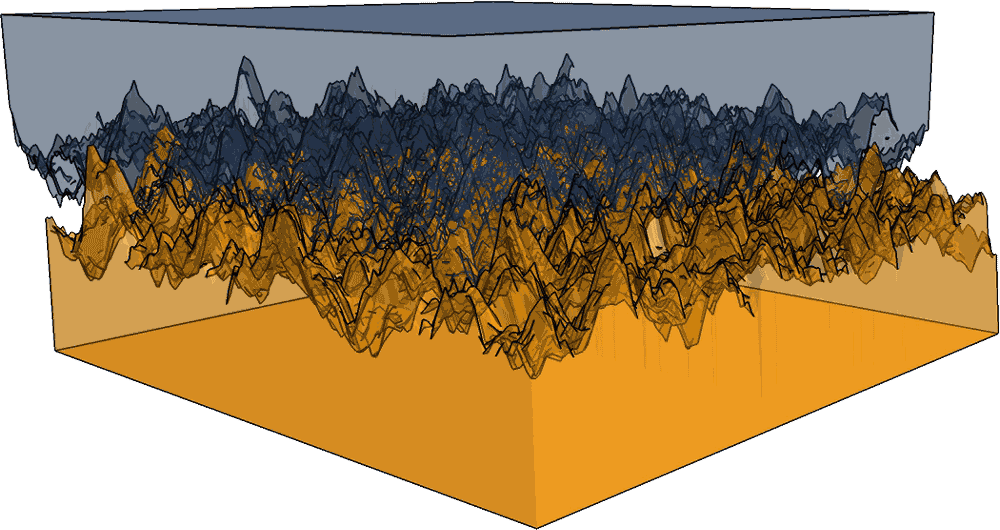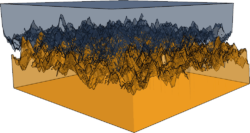
In recent years, I often had trouble understanding Silicon Valley’s obsession with certain things like self driving cars, or smart home alarms. A comment by a friend finally made the lightbulb in my brain shine bright: “the US is a high-friction society”. This is a polite way of saying that things don’t work – but instead of fixing it, a work around, preferably technological is layered on top of the problem.
The typical example is payments. In Europe (and this includes Switzerland in this case), there is a uniform system of payment, account are identified in a standard way using International Bank Account Numbers (IBANs) and payments are defined by the Single Euro Payments Area (SEPA) rules which guarantee timeliness and limits the charges that can be levied by banks. This is called a wire transfer in the US, and is considered very unreliable, by default banks used checks. Now clearly having a banking infrastructure stuck in the 80s is a problem, but the solution was to build a technological overlay (Paypal) which relies a lot on another old and problematic payment system: credit cards.
Commuting is another day-to-day problem, the road infrastructure in many cities is heavily congested and often in a bad shape, not to the mention the fact that car commute just does not scale. The known solution to this problem is public transit, but this would again require some institutional change, so instead technological overlays are created: rider-sharing, self-driving cars. The public transportation projects of Elon Musk are a special case of trying to re-engineer the problem, instead of taking proven solutions which are unacceptable as they would require taking know-how from outside the US and challenge the existing institutions responsible for public transportation.
The post-office is another example. I have sent letters and documents reliably between many European countries, Switzerland and Japan. When I had to send insurance documents to the US, I was told that the post office is not reliable. So you have to rely on courier services, which are not that reliable either.
I’m not saying there are no technological overlays in Europe, Twint is payment overlay app in Switzerland, and rider-sharing app also exist in Europe, but the need is not so strong, and in the case of Twint, the overlay is being developed (partially) by a bank.

And if you go to a doctor here, they literally do everything with paper records. And not an electronically readable insurance card, but a paper insurance card where then the receptionist calls the insurance by phone (!) to figure out plan details.
And yes, banking is still done here with checks. Many things are here exactly like in the 70ies with awkward layers of ‘innovative’ technology wrapped around. Take nest – a device that is to replace the bimetal thermostat in a house, as if central controlled heating with smart timers and heating cycles hadn’t been invented yet (but were widely deployed in the 80ies in Europe).
The local train in Silicon Valley (‘Caltrain’, roughly from the 1950ies) takes about 1h for 50km and goes so rarely that considering an automobile is a viable alternative.
Supposedly one of the big selling points of these voice-controlled home devices here is to convert between units – are there 12 or 16 ounces in a cup ? And how many barleycorns are in a mile ?
The last paper record in doctors’ offices in Germany was removed around 1990, that is now almost 30 years ago. I think last time I have seen a check in Europe was somewhere late 70ies when we were travelling and my parents needed to get some money from a bank.
It is true that people living in a society with ancient technology or no access to any makes a good breeding-ground for inventions with what is available; we see from Cuba … to the United States.
So the remarks “high-friction society” describes it very well and yes, similarly to you this is a lightbulb moment for me: finally I can put a finger on these phenomenons.
I actually saw one house in Silicon Valley with central heating, the Winchester mansion…
Caltrain should get electrified in 2022, with Stadler KISS train-sets. A weighted down version of the ones which are running in the Zürich S-Bahn since early 2012.